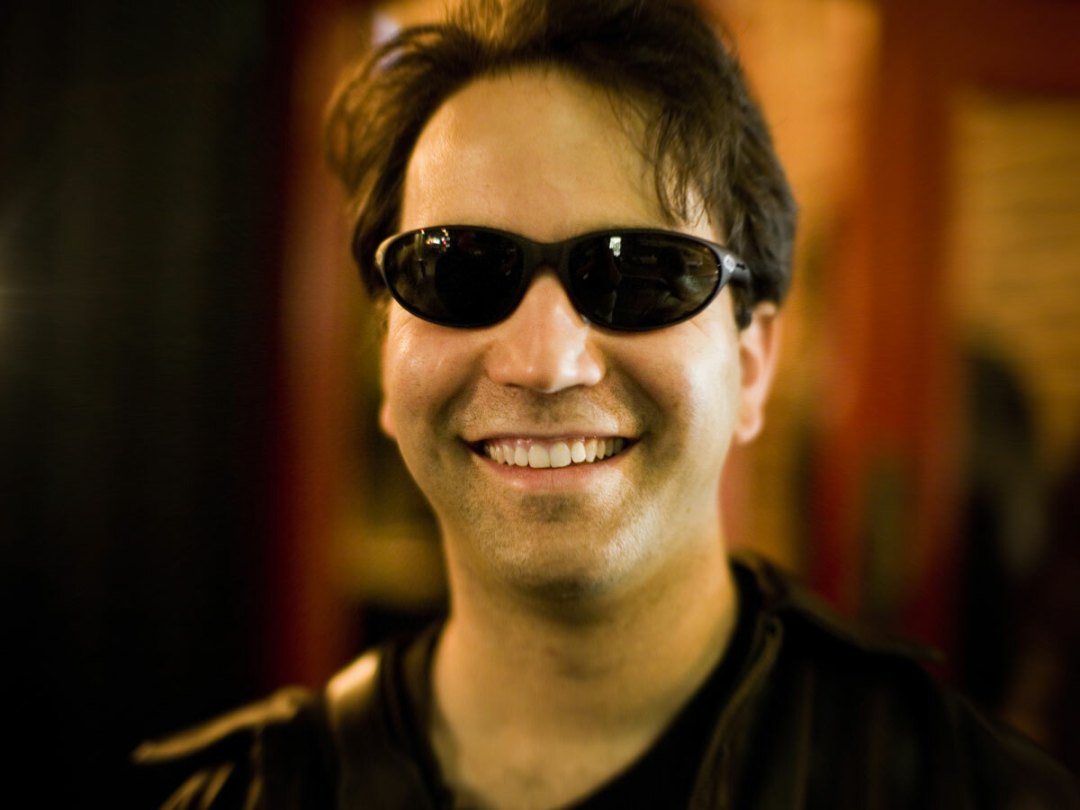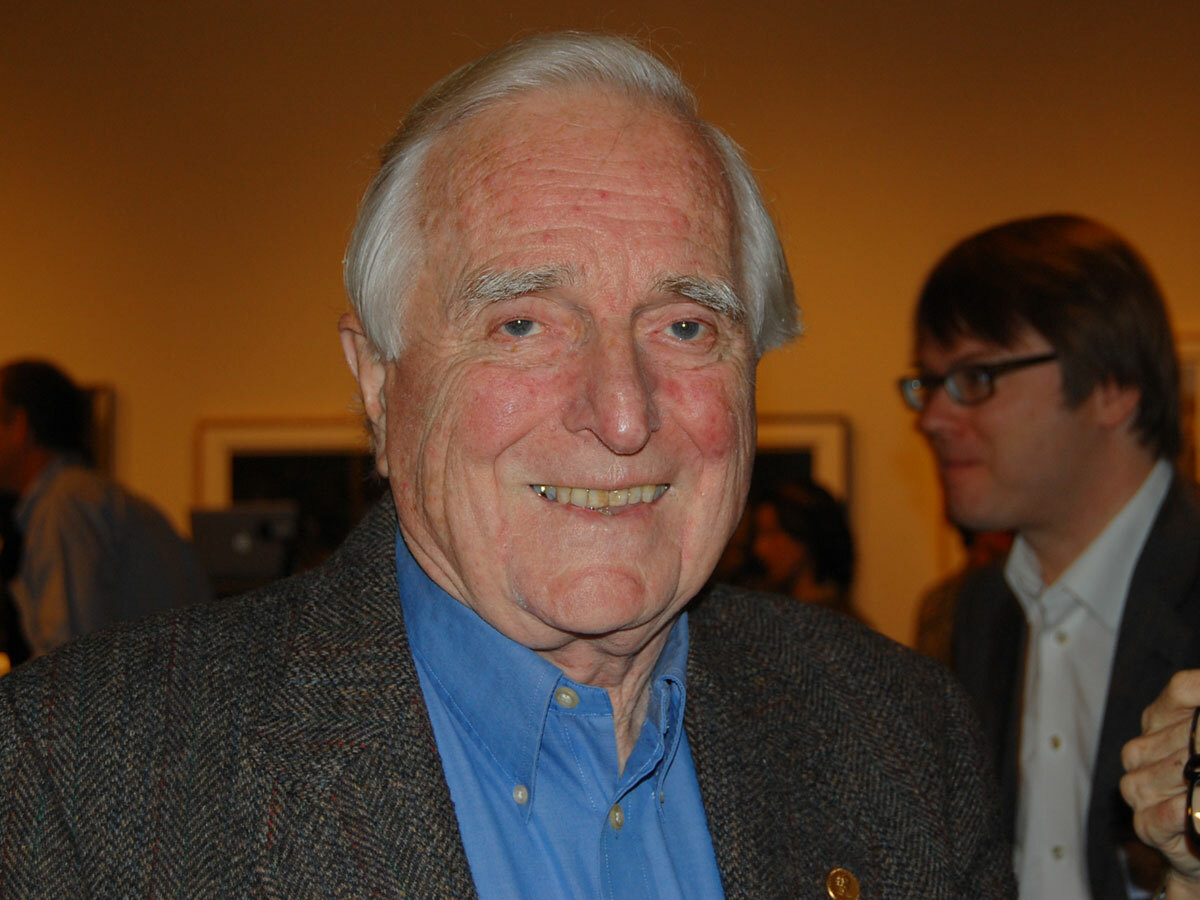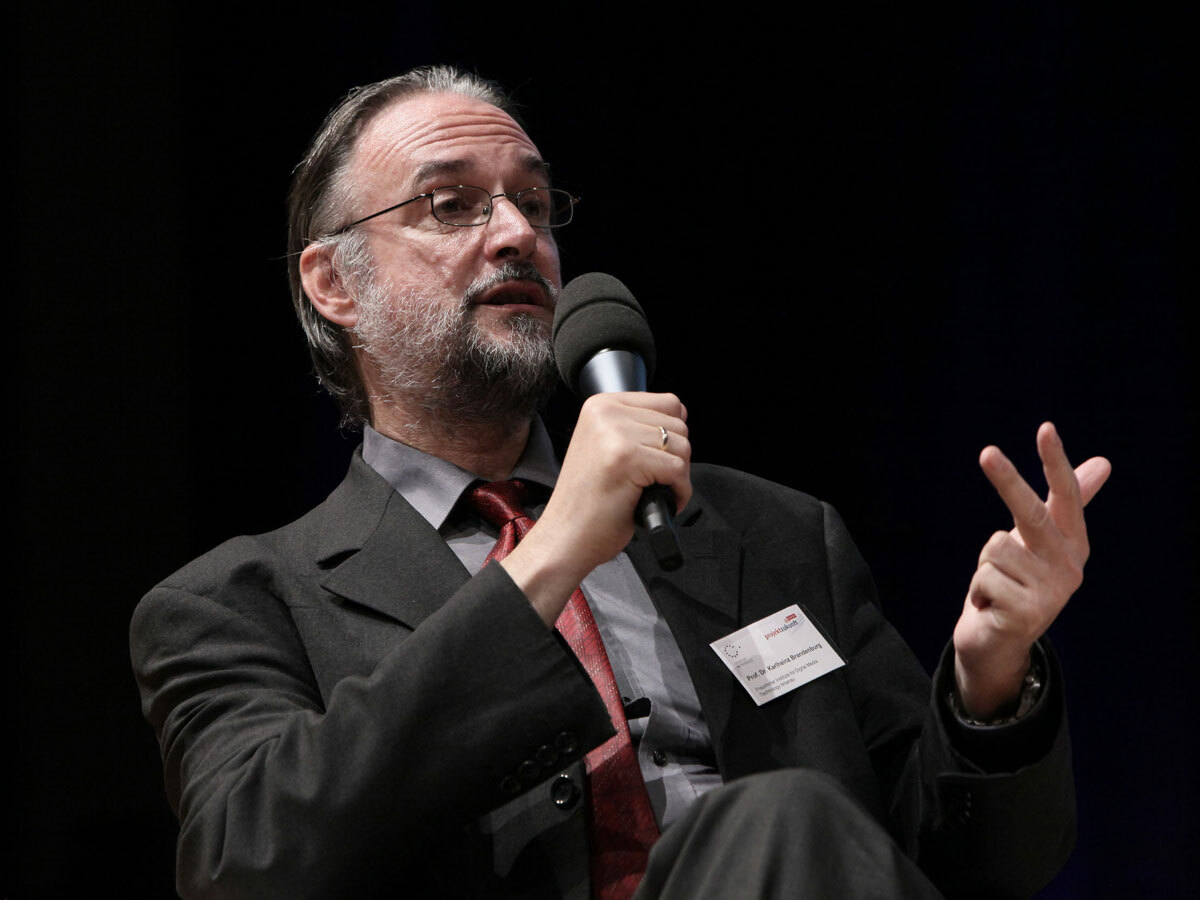5 little-known computing visionaries who invented the modern world
While Steve Jobs, Bill Gates et al got the glory, today’s tech wouldn’t be the same without these unsung pioneers and inventors

While Steve Jobs, Bill Gates et al get the glory, today’s tech wouldn’t be the same without these unsung pioneers and inventors.
Douglas Engelbart – inventor of the mouse

American inventor Douglas Engelbart, who passed away this week at the age of 88, has been lauded in most obituaries as the creator of the computer mouse – and while that’s true, he achieved much, much more in the world of human-computer interaction.
Back in the 1950s, Engelbart believed that computers were key to solving the world’s most pressing problems, and while working at Silicon Valley’s Stanford Research Institute, he concentrated on improving user interfaces. His work resulted in hypertext, bitmapped screens and the mouse (which he so named because of its cable “tail”; his choice of name for an on-screen cursor, “bug”, never took off), and also led to the development of graphical user interfaces.
In other words, without Engelbart’s contributions, computers today would likely work very differently. Most of us use his inventions, or other inventions directly derived from them, on a daily basis.
Image credit: Alex Handy
Sophie Wilson – inventor of the ARM chip

Leeds-born Sophie Wilson is the mastermind behind the 8-bit Acorn Micro-Computer – arguably Britain’s answer to the Apple I – which she developed as an undergraduate student in the late 1970s.
Perhaps more significantly, she co-developed the first ARM (originally Acorn RISC Machine, now known as the Advanced RISC Machine), the processor chip design that forms the basis for today’s smartphone and tablet processors including the Qualcomm Snapdragon, Nvidia Tegra and Apple’s System on Chips. The ARM’s low power use and high processing capabilities have made it overwhelmingly popular: it’s now used in around 95 percent of smartphones, 35 percent of TVs and 10 percent of mobile computers.
Bent Stumpe – inventor of the touchscreen

While he wasn’t the first person to envision a touchscreen – in fact they were detailed in drawings and diagrams as early as 1967 – but Bent Stumpe, a Danish engineer working at CERN, developed a working transparent touchscreen among other user interaction hardware in 1973.
The screen, which was used in CERN’s control room, used the same capacitive method as most smartphone screens today. It featured nine programmable areas, which could be linked to different controls, and was in use for over 20 years.
At the same time, Stumpe also developed a tracking ball (made from a bowling ball in a box), the principle of which forms the basis of 1980s computer mice.
Karlheinz Brandenburg – MP3 pioneer

Without Karlheinz Brandenburg, you probably wouldn’t be listening to digital music today. The German audio engineer’s research in the late 80s, when he was working on his PhD, form the basis for the MPEG Audio Layer 3 format – more commonly known as MP3.
Brandenburg’s work meant that digital audio, until then relatively data heavy, could be highly compressed and yet still maintain a relatively high quality – at least in the perception of the listener. This meant music could be downloaded more quickly, and larger amounts of it could be stored on the hard drives and flash drives of smartphones, computers and devices like the iPod.
Bram Cohen – inventor of BitTorrent

New Yorker Cohen, only 37 years old, is the mind behind BitTorrent, the peer-to-peer downloading method that has become the de facto standard for file sharing – both legal and illegal. While previous file sharing methods downloaded a file from a single source, BitTorrent downloads them from many different sources simultaneously, making downloads much faster.
BitTorrent’s frequent use for illegal file sharing has made Cohen an enemy of big media companies, and Cohen himself has been a frequent critic of the current way in which media is distributed.
Image credit: Thomas Hawk

